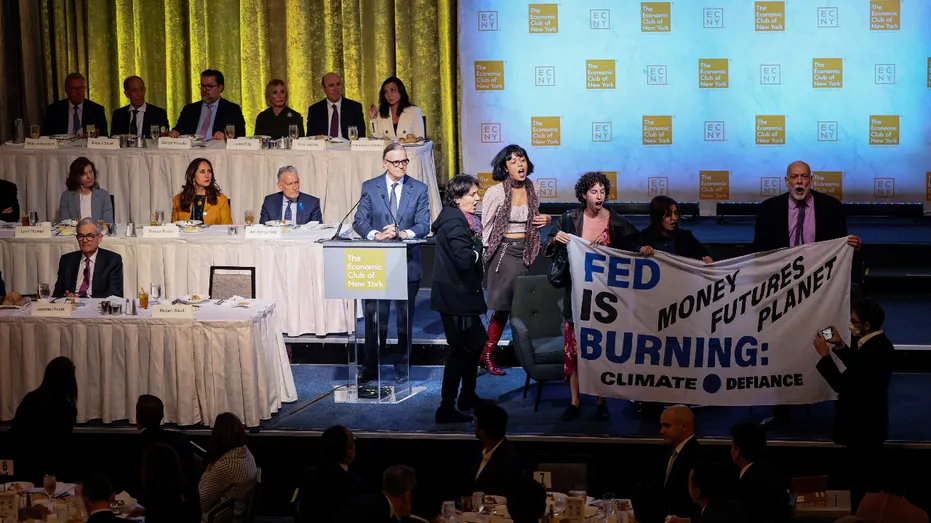The Amazonian capital of Manaus has become a climate dystopia with the second worst air quality in the world and rivers at the lowest levels in 121 years, no thanks to a withering drought.
The city which is home to about 1 million people, which is surrounded by a forest of trees, normally basks under blue skies. Tourists take pleasure boats to the nearby meeting of the Negro and Amazon (known locally as the Solimões) rivers, where dolphins can often be seen enjoying what are usually the most abundant freshwater resources in the world.
However, an unusually dry season, which worsened by an El Niño and human-driven global heating, has threatened the city’s self-image, the wellbeing of its residents and the survival prospects for the entire Amazon basin. The forest capital has been enveloped in a murky brown haze reminiscent of China during its most polluted phase. The usually vibrant port has been pushed far out across the dried-up, rubbish-strewn mud flats.
According to reports, so many fires are burning in the surrounding tinder-dry forest that air-quality monitors last week registered 387 micrograms of pollution a cubic metre, compared with 122 in Brazil’s economic capital of São Paulo. The only city in the world that measured worse was an industrial centre of Thailand.
Read also: Climate activists force Fed chair, Powell off stage in New York
A recent front page of the A Crítica newspaper showed a photograph of the drought-stricken port under the headline “Health in peril” and a story about the challenges of securing medicines and essential resources at a time when goods ships could not navigate the river. “Boiling Amazon” read the lead story of Cenarium magazine, which noted the unusually high heat and low humidity that have created dangerously dry conditions in the forest.
The drought is said to have affected swathes of Brazil. The state of Amazonas has recorded 2,770 fires during the current dry season, which local media said was the highest recorded.
Although more droughts and fires than usual were to be expected in El Niño years such as this, local firefighting services were ill-prepared and ill-equipped.
Story was adapted from the Guardian.
